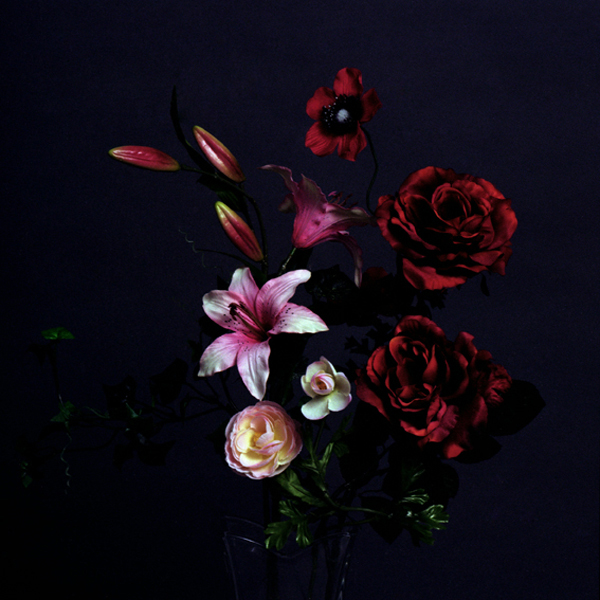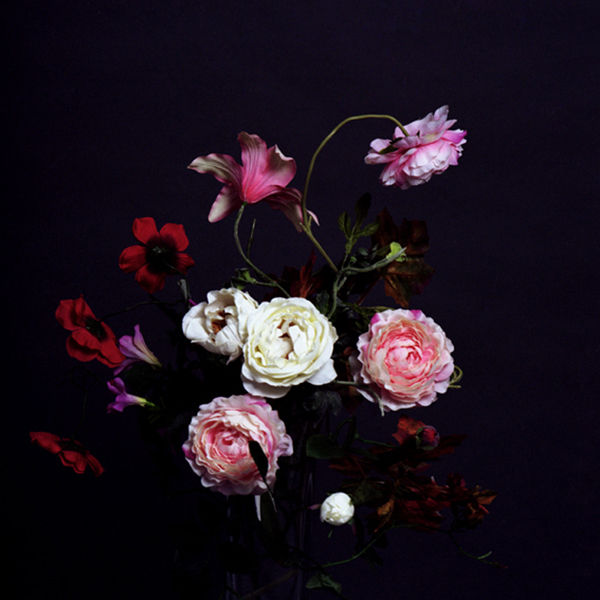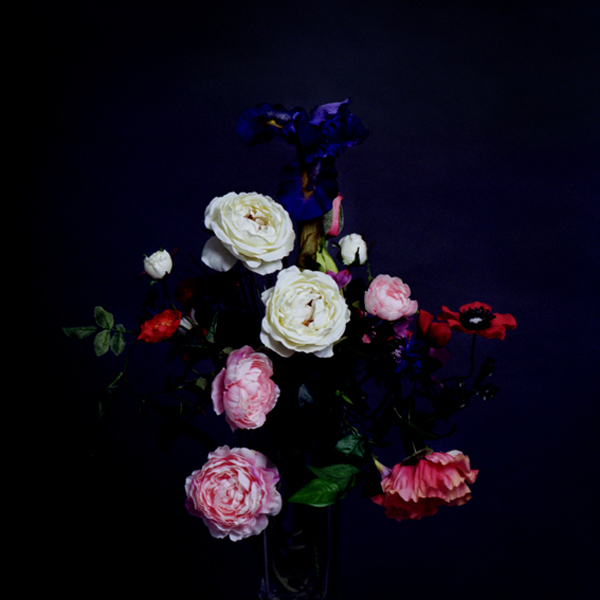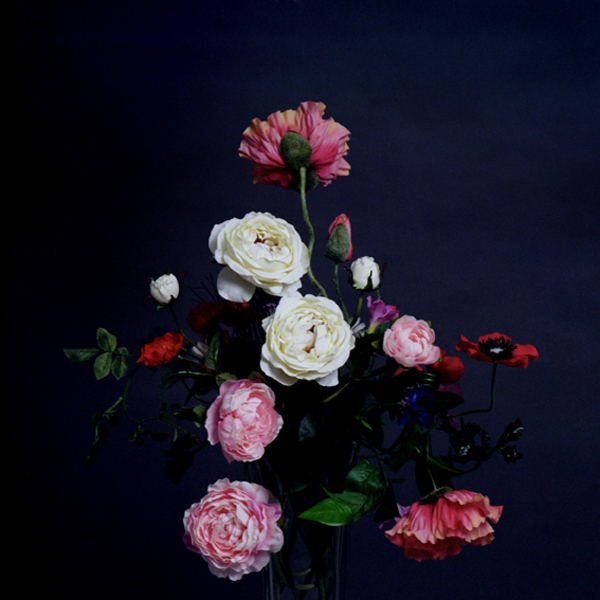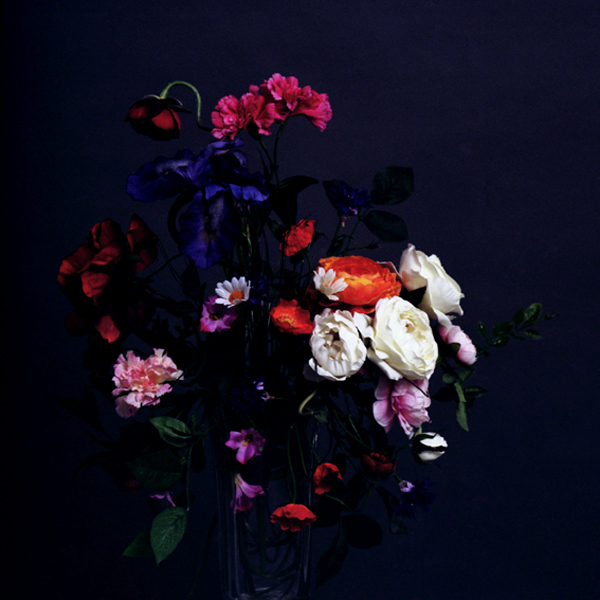
FUSCUM SUBNIGRUM
30X30cm photographic print, frame
series of 10 photographs
scanned color negative 6x6”
2012-13
The flowers on the pictures are simulacra, a perfect imitation, the copy of real flowers.
They are made of plastic, nylon and polyester and used for scientific experiments. They are generally sold as articles for commercial or residential decoration – consumer products. The industries producing them are specialized in different production processes and are today located mainly in Guangdong, China, where they have been producing them since 1850. Every year thousands of flowers are exported to almost every country in the world.
For this project I fold over two hundred flowers, making ikebans, according to the traditional Japanese art of flowers cut. At the same time, I have drawn inspiration for this project from Dutch Baroque still life paintings (nature morte).
The gesture is the fold, the fold tilts, tightens, bends and contracts until becoming endless and continuously changing. It is a sign that traces an effect. An effect is first of all the trace of a body on another one, the state of the body as it undergoes the action of another body. [1]
The deep shade inside the space subtracts the light from the outside world of objects, in this case the light is the source of action itself, it is the principle of movement and the change of passive material that needs to be pushed in order to express its outer beauty. The beauty that hides the emptiness inside.
The light is darkened and the colour resulting from it is almost black.
[1] - Gilles Deleuze, Critique et clinique 1993, Spinosa and the three “ethics” p. 141
